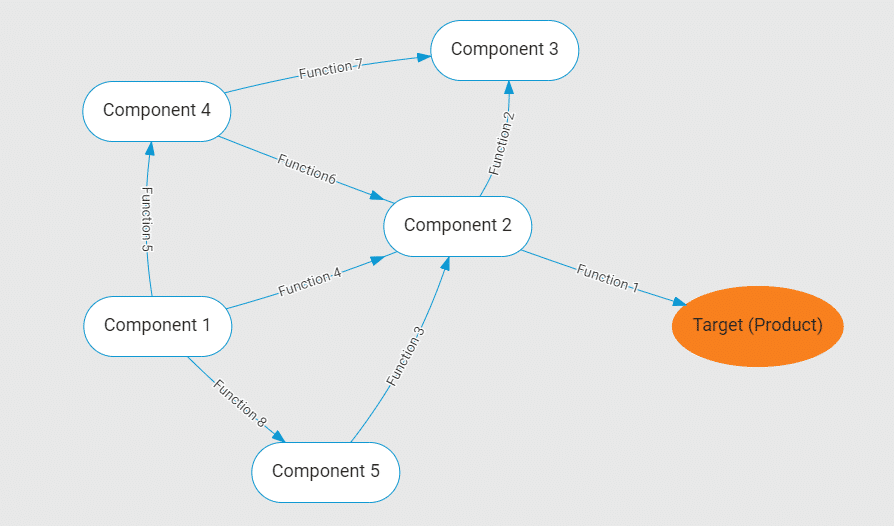The word “Innovation” meets us everywhere: at work, bank, pharmacy, post office, gym, playground… “Innovation” became a brand indicating the effectiveness and success of the company. Do we clearly understand what innovation is?
This article discusses the essence of innovation and the difference between innovation and process/product change, improvement, or fixing. We also discuss and describe the innovation process using the PRIZ Innovation Platform.

The internet provides an abundance of different definitions and explanations of innovation. This suggests that the concept of innovation is not trivial and requires further analysis and clarification. According to the Cambridge Dictionary, innovation is “a new idea or method, or the use of new ideas or methods.” The Oxford Learner’s Dictionaries also provides a similar definition, describing innovation as “the introduction of new things, ideas or ways of doing something.” These definitions highlight the importance of something new.
McKinsey & Company explains that “Innovation is the systematic practice of developing and marketing breakthrough products and services for adoption by customers.” Meanwhile, the Berkeley Sutardja Center for Entrepreneurship & Technology defines “Innovation Engineering” as a method for solving technology and business problems for organizations that want to innovate.
However, these definitions may not be practical in determining whether something is truly innovative. For example, is the implementation of additional cleaning operations to reduce the number of defects considered an innovation? Is the implementation of a new car application that displays external temperature innovative? What about the hiring of new engineers to ensure innovation occurs in the organization? The answer is not clear, as innovation has yet to be clearly defined.
Therefore, it is important to further analyze and understand what constitutes innovation from beginning to end.
How do you identify what to innovate? Googling and asking ChatGPT may provide a long list of items, such as analyzing current trends, understanding your target, encouraging brainstorming sessions, and identifying potential risks. However, this may not be practical. The question remains: what should be attended to and innovated in the manufacturing process, product, service, and so on?
We propose a universal approach to identifying objects for innovation: analyzing a system.
What is a system? It is a group of components that interact through functions to achieve a particular goal – the product for which the system was created. A system could be a device, production plant, bank, office, group of people, and more. It is important to note that a system is built to achieve a specific goal (product) with the help of connected components, as shown in the image below.

There are various types of components and functions, but that is not important for our current topic.
What is crucial is that all systems have a voice and it communicates with us through failures. When a system fails, it presents an opportunity for innovation and says to us: “Hey guys, there’s a chance to innovate here.”
Engineering systems also have a voice. They fail to indicate where an innovation is needed.
Failures in engineering systems can be caused by an increase in the number of defects, changes in process or product parameters, production yield loss, and many other factors. Engineers encounter a variety of different types of failures that they must resolve on a daily basis.
There are two approaches to handling failures, depending on our understanding of the voice of the system.
A failure indicates that the system is inadequate, and engineers should repair it by restoring its performance to the basic level. Additionally, engineers could analyze the failure and propose additional maintenance of the system to prevent similar failures in the future.
However, this approach results in increased process and product costs without any improvements, and it misses opportunities for innovation.
Spending money to maintain the system and product without any changes is sustaining, which is important. But we should be aware that sustaining the process means spending money without any development or innovation.
The second approach is to analyze failure and view it as an opportunity for additional benefit and innovation.
When analyzing failure, it is important to remember that failure is an indication of a problem that caused it. The problem should be solved rather than simply contained. Innovative problem-solving may cost money but should result in additional benefits.
Every system failure presents an opportunity to innovate and gain additional benefits once the problem is solved.
The PRIZ Innovation Platform offers a full stack of tools to successfully transition from a failure to an innovative solution, resulting in additional benefits.
An innovation ought to lead to financial gain